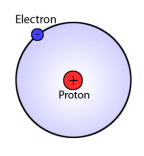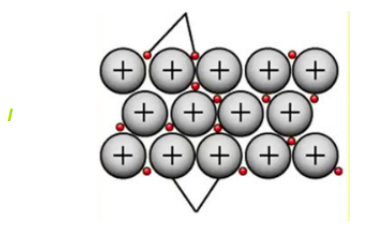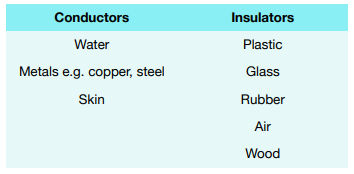Charged Objects (GCSE Physics)
Charged Objects
Electrical Charges
Charge is a property of matter. Atoms make up all matter and consist of three sub-atomic particles: protons, neutrons and electrons. Protons carry a positive charge and electrons carry a negative charge.

Forces Exerted by Charged Objects
- Forces are exerted by charged objects. Two electrically charged objects can exert a force on each other without directly touching. This force is an example of a non-contact force.
- Forces can attract and repel. Two objects with the same type of charge will repel, whilst two oppositely charged objects attract. The force between unlike charges is called electrostatic attraction. The force between like charges is called electrostatic repulsion.

- Electrostatic forces can cause movement. Similar to other forces, electrostatic forces can cause movement. Electrostatic attraction causes objects to move closer together, whilst electrostatic repulsion causes objects to move further away from each other. If we think back to our example with the rod and the cloth, the positive rod will attract the negative cloth, so they will move closer together.
Conductors and Insulators
Conductors
Conductors easily allow the free movement of electrons inside of them. Metals are generally good conductors of electricity as they have many free electrons inside them, which can travel between atoms.

Insulators
Insulators do not contain free electrons, so are poor conductors of electricity.






Still got a question? Leave a comment
Leave a comment